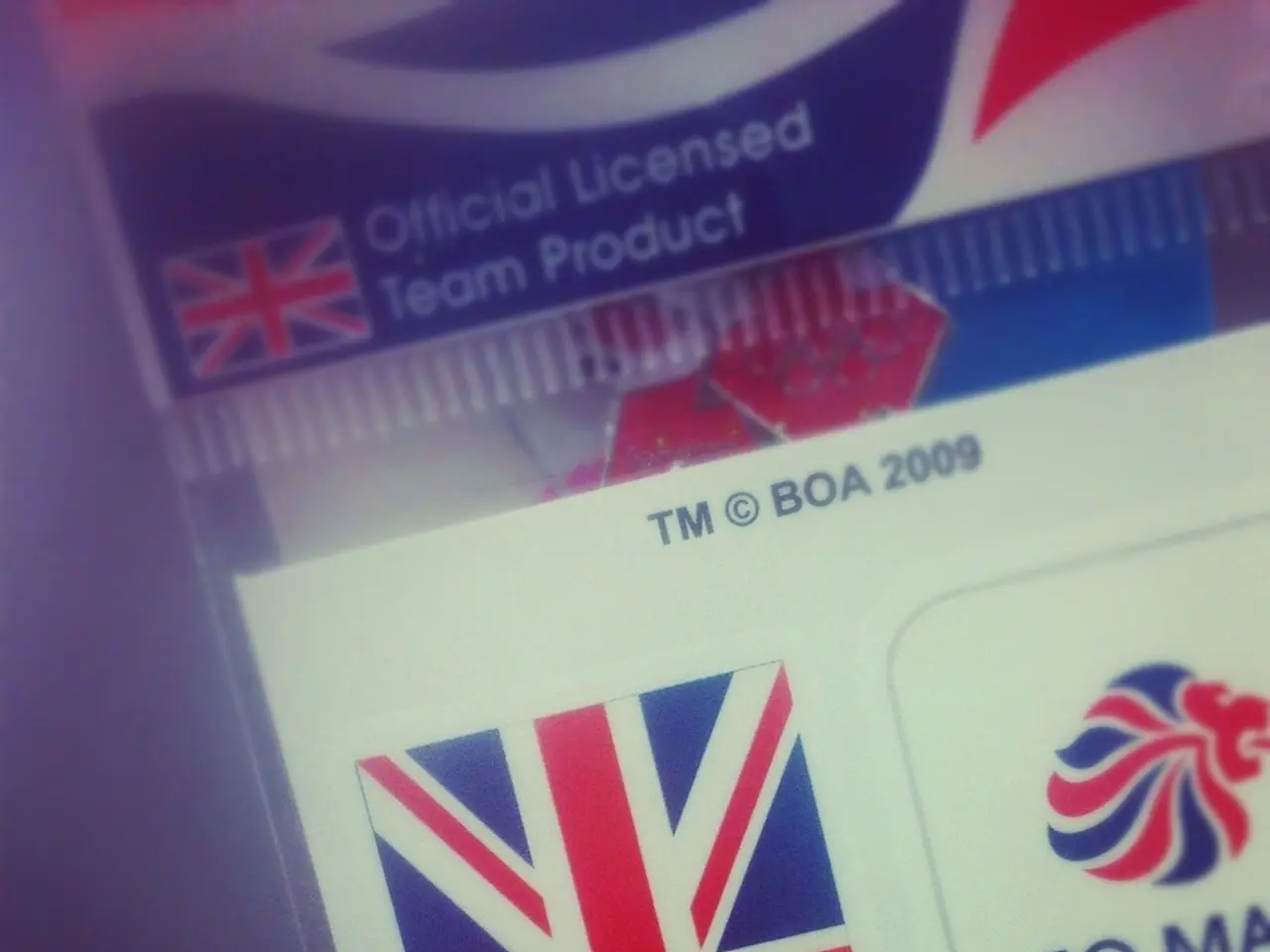Operational Certificate for Distance Management: A brief description.
The Remote Operating Certificate (ROC) is a critical document for drone operators and companies seeking to conduct complex operations beyond basic or recreational use. This certificate is essential for commercial UAV missions involving intricate maneuvers, operating in controlled airspace, or falling under advanced regulatory categories.
However, it's important to note that the ROC isn't standardised across countries. For instance, in the U.S., advanced operations often fall under Part 107 waivers or exemptions. In Canada, the ROC process aligns closely with Advanced Operations under Part IX of the Canadian Aviation Regulations.
The ROC application and approval process involve several steps, including submission of detailed documentation outlining operational procedures, safety protocols, pilot qualifications, risk assessments, and contingency plans. The process also involves demonstrating compliance with national safety standards and ongoing compliance, such as maintaining flight logs and potential audits.
In Canada, the ROC typically applies to organisations or pilots conducting operations under strict regulatory oversight, such as Beyond Visual Line of Sight (BVLOS), night flights, or flights near people or sensitive areas. A Canadian drone company specialising in oil pipeline inspections recently secured an ROC for BVLOS missions along remote infrastructure corridors.
While primarily geared towards organisations, qualified individuals with the proper documentation and training may also apply for an ROC in some jurisdictions. The ROC enables autonomous flights that reduce the need for ground crews, improving efficiency and safety. By obtaining an ROC, companies position themselves for larger contracts and higher-value projects.
In the maritime sector, the ROC refers to different certifications depending on national regulations. In Canada, the ROC usually refers to the Restricted Operator Certificate, Maritime (ROC[M]). To obtain this, an applicant must study relevant materials and pass a short exam proving knowledge of marine radio communication protocols. In the U.S., there is no direct equivalent called "ROC" in either maritime or radio licensing.
International standards for broader remote operator certifications, such as for unmanned or autonomous ship operation, are emerging but remain under development. The International Maritime Organization's MASS (Maritime Autonomous Surface Ships) code defines Remote Operators (RO) controlling vessels from Remote Operation Centers (ROC), emphasising risk analysis and safety constraints for these novel roles. However, global regulatory approval processes are still evolving, with countries adopting datasets and safety standards variably.
In conclusion, the Remote Operating Certificate (ROC) is a crucial document for drone operators and companies seeking to engage in enterprise-grade missions such as infrastructure inspection, aerial delivery, mapping, or emergency response. While the ROC application and approval process differ between countries, the common goal is to ensure compliance with national safety standards and allow regulators to hold operators accountable through periodic reviews, audits, and oversight.
Data-and-cloud-computing technology enables organizations and licensed drone pilots to implement and maintain effective RoC compliance by storing and analyzing operational procedures, safety protocols, pilot qualifications, risk assessments, and contingency plans in a digital format. This facilitates efficient monitoring and management of the RoC application and approval process across multiple jurisdictions.
International standards for remote operator certifications, including those for unmanned ships, are increasingly leveraging data-and-cloud-computing technology to streamline processes, minimize human error, and ensure global regulatory alignment through the widespread sharing and updating of safety standards and datasets.




